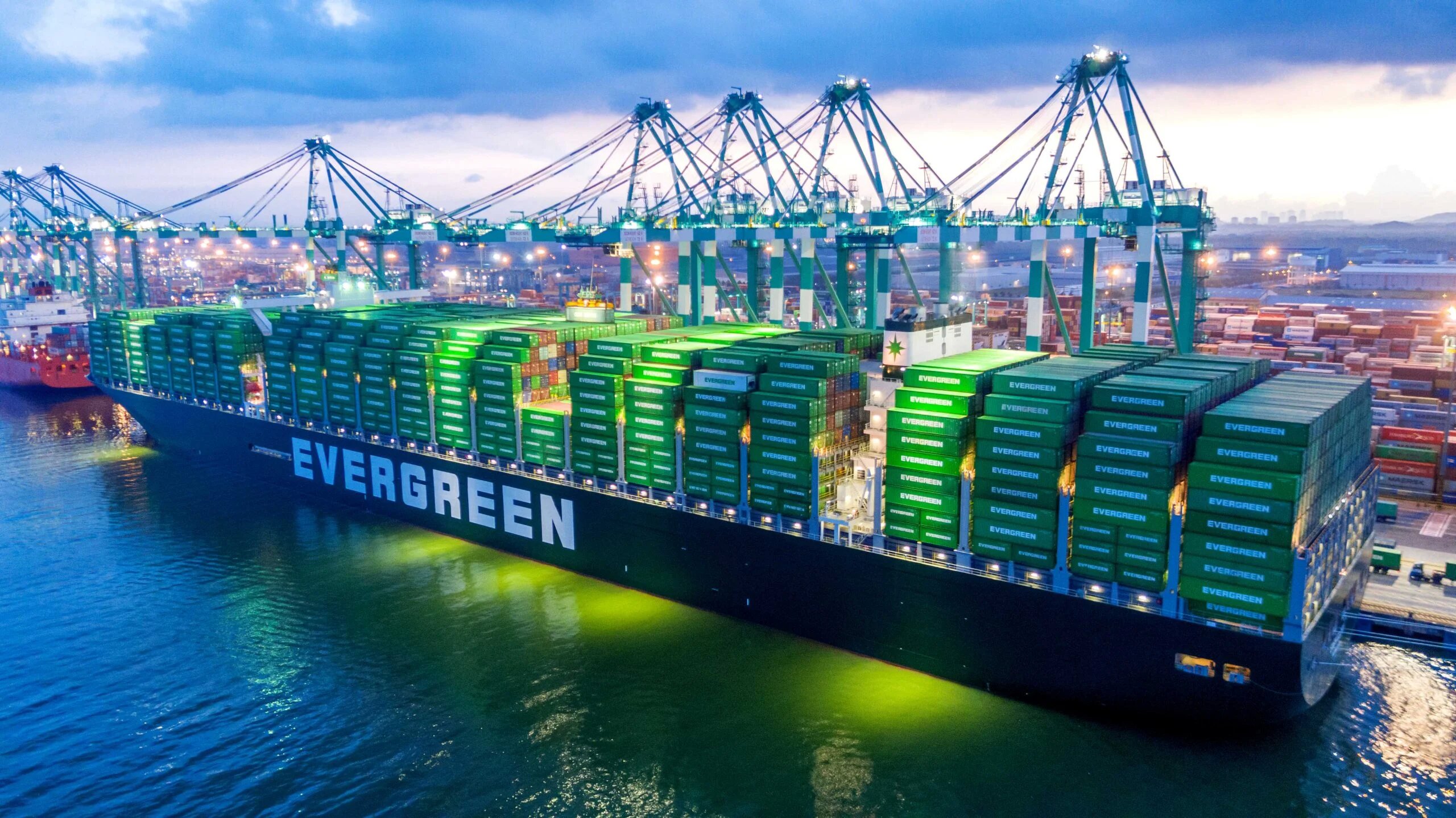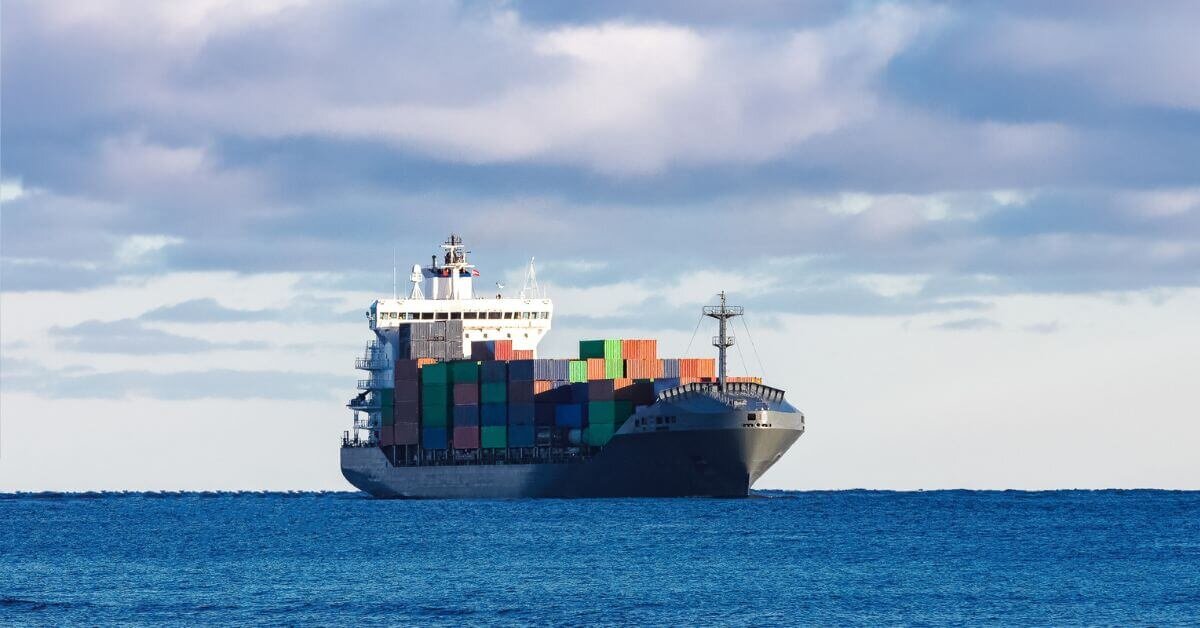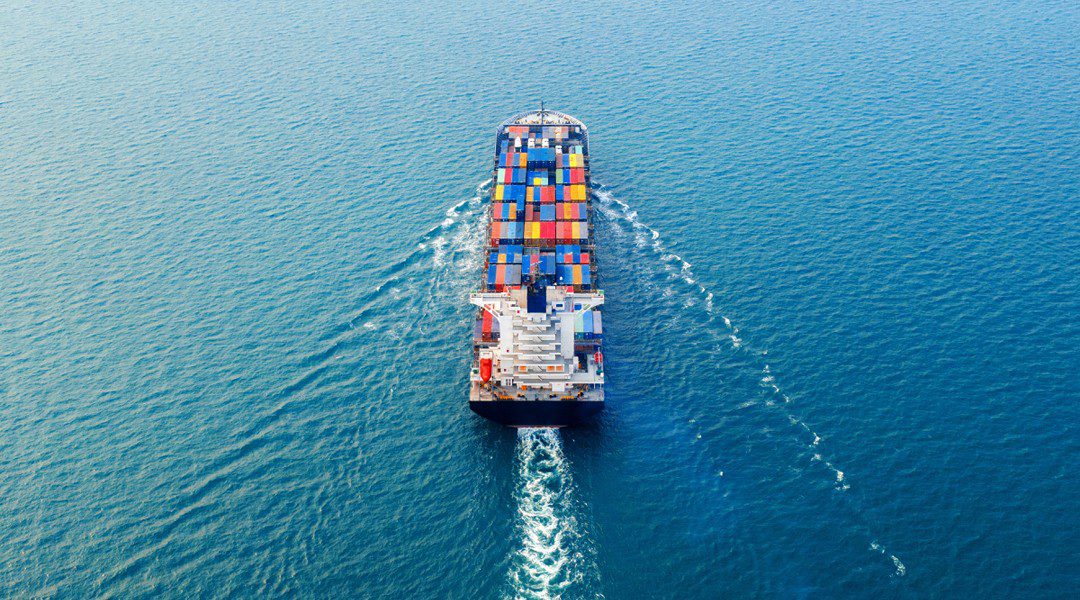After the success of the first allocations, the Government decided to open a new call to import 50,000 electric and hybrid vehicles duty-free in 2026.
By the end of January, it is estimated that around 40,000 units from the quota of the first and second calls made this year will have entered. To continue along this line, a new stage was opened for importation during the coming year with the aim of extending this technology and promoting a decrease in vehicle prices in general.
Competition
“The models that will arrive in the country compete in all segments with traditional cars with existing supply in the market, generating more variety of models and greater competition,” stated the Secretariat of Industry and Commerce.
According to resolution /2025, companies with local production and importers will have until this Monday the th inclusive to access the quota that will allow them to import duty-free vehicles with an FOB value of up to US$16,000.
The range includes different types of technologies, among them, fully electric vehicles (they only operate on battery); hybrids (internal combustion engine and electric motor); mild hybrids (internal combustion engine and auxiliary electric motor), and plug-in hybrids (internal combustion engine and plug-in electric motor).
Forecast
“The call is made with the necessary lead time so that importers can forecast the production of the cars with the required time. In this way, the first hybrid and electric vehicles from the 2026 call will be able to enter the country in the first days of January,” indicated the portfolio that depends on the Ministry of Economy.
The call also includes an option to register on a waiting list to import vehicles from the 2025 quota that are withdrawn or whose conditions have not been met by the original bidders.
During 2025, decree 49/25, allowed the import and allocation of 50,000 vehicles in two batches. This regime, which will extend for 5 years, aims to transform the country’s vehicle fleet, adding new alternatives in line with the global evolution of mobility technologies.




